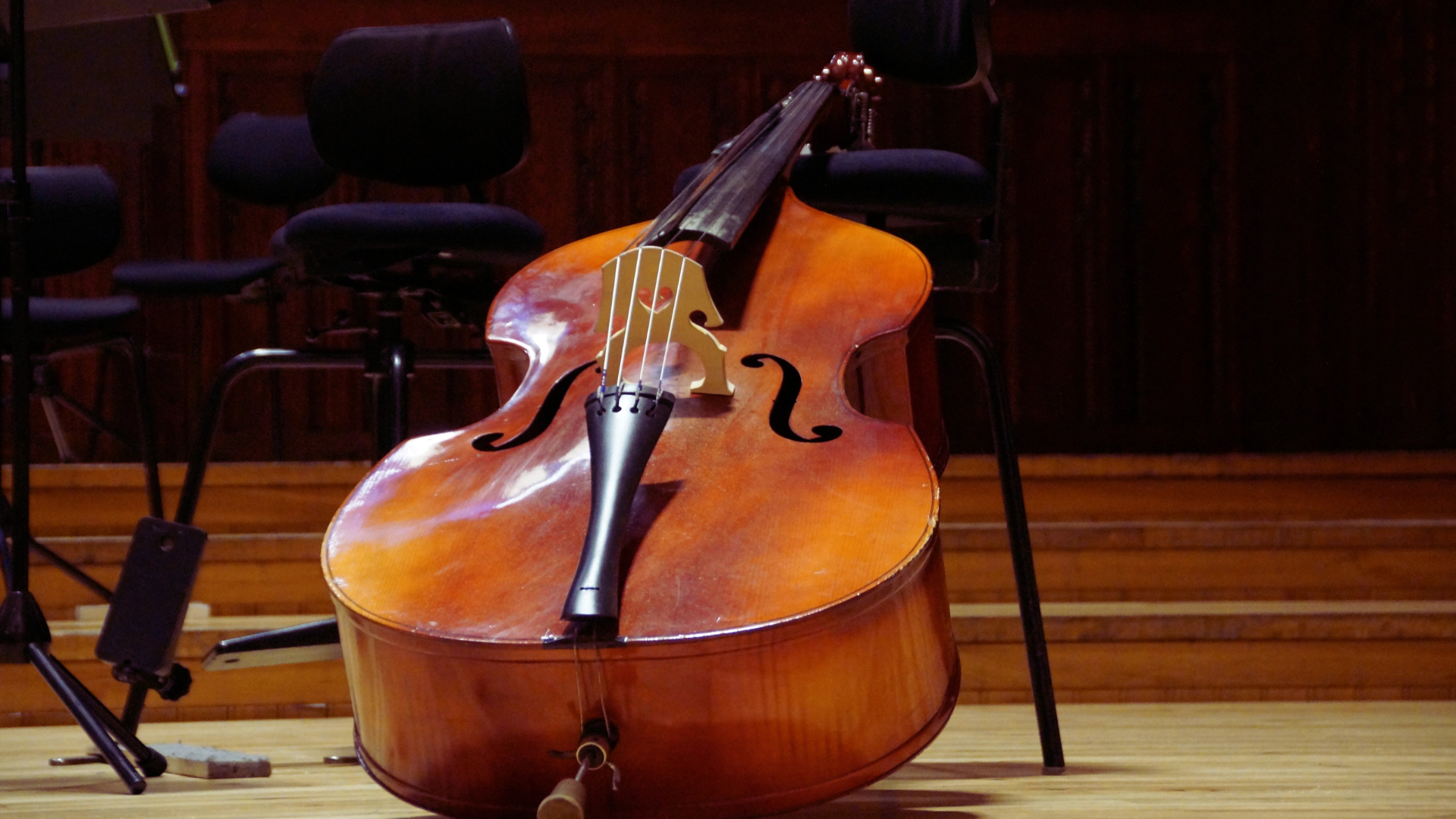Music is a vast realm filled with numerous instruments that evoke a wide array of sounds. While many are familiar with pianos, guitars, and violins, there exists a multitude of unusual instruments that produce unique sounds, often overlooked, waiting to be discovered. From the haunting tones of the theremin to the rhythmic beats of the hang drum, these oddities can add a distinctive flavor to any musical ensemble.
Exploring the world of weird instruments opens up a treasure trove of creativity. Each of these unusual musical instruments has its own story and method of play, making them as fascinating as the sounds they create. Musicians and enthusiasts alike will find inspiration in their eccentric designs and capabilities, transforming conventional music into something truly exceptional.
In a landscape where artistic expression is paramount, embracing these instruments can lead to a fresh musical journey. The importance of these unusual instruments lies not just in their novelty but in their ability to inspire new compositions and styles. Readers are invited to uncover a selection of these remarkable tools that may just spark their next musical adventure.
What Makes an Instrument Unusual?
An unusual musical instrument often stands out due to its distinct features, unique sounds, and the innovative techniques used in its creation. This section explores the defining traits of unusual instruments, the impact of cultural and technological factors, and how their unique sounds contribute to musical expression.
Defining Unusual Musical Instruments
Unusual musical instruments typically possess features that set them apart from traditional instruments. These might include unconventional shapes, materials, or playing techniques. For instance, the Hang Drum is known for its UFO-like appearance and is played by hand, producing ethereal tones.
In contrast, instruments like the Theremin are played without physical contact, relying on the proximity of the player’s hands to produce sound. This challenges the conventional notion of how music is produced. Such characteristics make these instruments not just unique in sound but also in performance style.
Cultural and Technological Innovations
Cultural backgrounds significantly influence the design and use of unusual instruments. Traditional instruments like the Didgeridoo reflect the culture from which they originate, often containing historical significance that connects to rituals or storytelling.
Technological advancements also play a crucial role. Instruments like the Electric Zither integrate electronics to expand their capabilities, allowing for new sounds and effects. The melding of old traditions with modern technology leads to innovative instruments that push the boundaries of music.
Role of Unique Sound in Instrument Design
The distinct sound of an instrument is a key factor in defining its uniqueness. Instruments such as the Waterphone produce haunting sounds utilized in film scores and experimental music. These sounds often evoke emotions or create an atmosphere that resonates with listeners.
Additionally, the process of instrument design frequently prioritizes sound variation. Instruments like the Kalimba, or thumb piano, are designed to create resonant pitches that are soothing. The exploration of sound quality ensures that unusual instruments serve not only as tools of music-making but also as mediums for artistic expression.
Fascinating Unusual Instruments Around the World
Various unique instruments exist globally, each offering distinct sounds and playing techniques. From electronic creations to natural sound makers, these instruments showcase innovative artistry.
Theremin: The Original Hands-Free Instrument
The theremin is an electronic musical instrument invented in the 1920s by Léon Theremin. It is played without physical contact, utilizing two antennas to sense the position of the player’s hands.
The pitch antenna controls the frequency based on hand position, while the volume antenna adjusts loudness. This results in ethereal sounds reminiscent of sci-fi soundtracks.
Musicians of various genres have embraced the theremin, from classical to rock. Notable users include Clara Rockmore and bands like Led Zeppelin, highlighting its versatility.
Glass Harmonica and Armonica: Haunting Melodies from Glass
The glass harmonica, also known as the armonica, employs a series of glass bowls or goblets mounted on a spindle. When the spindle spins, players use wet fingers to create sound by rubbing the glass.
Its creation was attributed to Benjamin Franklin in 1761, and it quickly gained popularity in Europe. Many composers, including Mozart and Beethoven, wrote pieces specifically for this instrument.
The glass harmonica produces a delicate, haunting sound that captivates listeners. Despite its decline in popularity, it remains an intriguing instrument in contemporary music.
Sea Organ: Music Created by Ocean Waves
The sea organ, located in Zadar, Croatia, is an architectural marvel that transforms ocean waves into music. It consists of a series of pipes situated under a set of stairs along the coastline.
As waves crash against the steps, air is forced through the pipes, creating melodic sounds. Each wave produces unique tones, making the music an ever-changing experience.
Designed by architect Nikola Bašić, the sea organ integrates nature and art. Visitors are drawn to its soothing music, combining the beauty of the sea with the creativity of human design.
Modern Innovations and Experimental Instruments
Innovative musical instruments often challenge traditional concepts of sound and performance. They push the boundaries of creativity and offer unique ways to engage with music.
The Great Stalacpipe Organ: Playing Stone Formations
The Great Stalacpipe Organ, located in Luray Caverns, Virginia, is a remarkable example of nature and technology merging. Constructed in the 1950s, it uses electronic solenoids to strike stalactites, producing sound through the natural acoustics of the cave.
This colossal instrument covers over 3.5 acres, making it one of the largest of its kind. The organ is played via a keyboard, allowing for melodies to be created using the cave’s stalactites, each of which varies in size and density. The result is a haunting, ethereal sound that resonates through the caverns.
Octobass: The Giant of String Instruments
The Octobass is an extraordinary string instrument that stands at nearly 12 feet tall. Developed in the mid-19th century, it is a triple-stringed instrument, tuned an octave below the cello. Its size and design create a deep, resonant sound that is rarely heard in orchestras.
Playing the Octobass requires unique techniques. Musicians use a combination of finger placements and large bows to produce notes, which can be challenging due to its height. The instrument often serves more as an experimental piece in modern classical and avant-garde music.
Toy Piano: From Playroom to Stage
Originally designed as children’s toys, toy pianos have gained recognition in experimental music circles. Typically featuring 25 to 37 keys, these small instruments produce a distinct, bell-like sound that captivates composers and musicians.
The toy piano’s limitations have inspired creativity. Many artists incorporate it into contemporary classical performances and experimental compositions. Its simple design encourages unconventional playing techniques and unique sound explorations, showcasing the potential for everyday objects to create art.
Influence of Unusual Instruments on Contemporary Music
Unusual instruments have reshaped the contemporary music landscape by introducing innovative sounds. Their integration into various genres enhances artistic expression and creates distinctive auditory experiences.
Incorporating Synthesizers and Guitar Distortion
Synthesizers play a pivotal role in modern music, offering versatile sounds that can mimic traditional instruments or create entirely new tones. They allow artists to manipulate sound waves, resulting in complex textures. Many contemporary genres, such as electronic and pop, heavily utilize synthesizers to establish atmosphere and mood.
Guitar distortion further amplifies this innovation. By altering the electric guitar’s natural sound, artists produce aggressive or unique sonic qualities. Bands frequently blend synthesizers with distorted guitar effects to create a richer sound palette, drawing influences from both classic rock and avant-garde genres. This combination enhances musical creativity, attracting listeners to explore diverse auditory landscapes.
Expanding Flutes and Electric Guitar in Modern Compositions
Flutes, often perceived as classical instruments, have found new life in contemporary music. Artists utilize flutes in diverse genres, including hip-hop and jazz, providing a unique counterpoint to heavier instrumentation. The instrument’s light and airy sounds can add depth and contrast, enriching compositions.
Electric guitars serve a similar purpose. They evoke emotional resonance through various techniques, such as slide playing and fingerpicking. Modern musicians often experiment with pedal effects to manipulate the guitar’s tonal qualities. Together, flutes and electric guitars form unexpected partnerships that push musical boundaries and challenge traditional genre constraints. Collaborative efforts further enhance their influence, leading to hybrid styles that redefine contemporary music.



